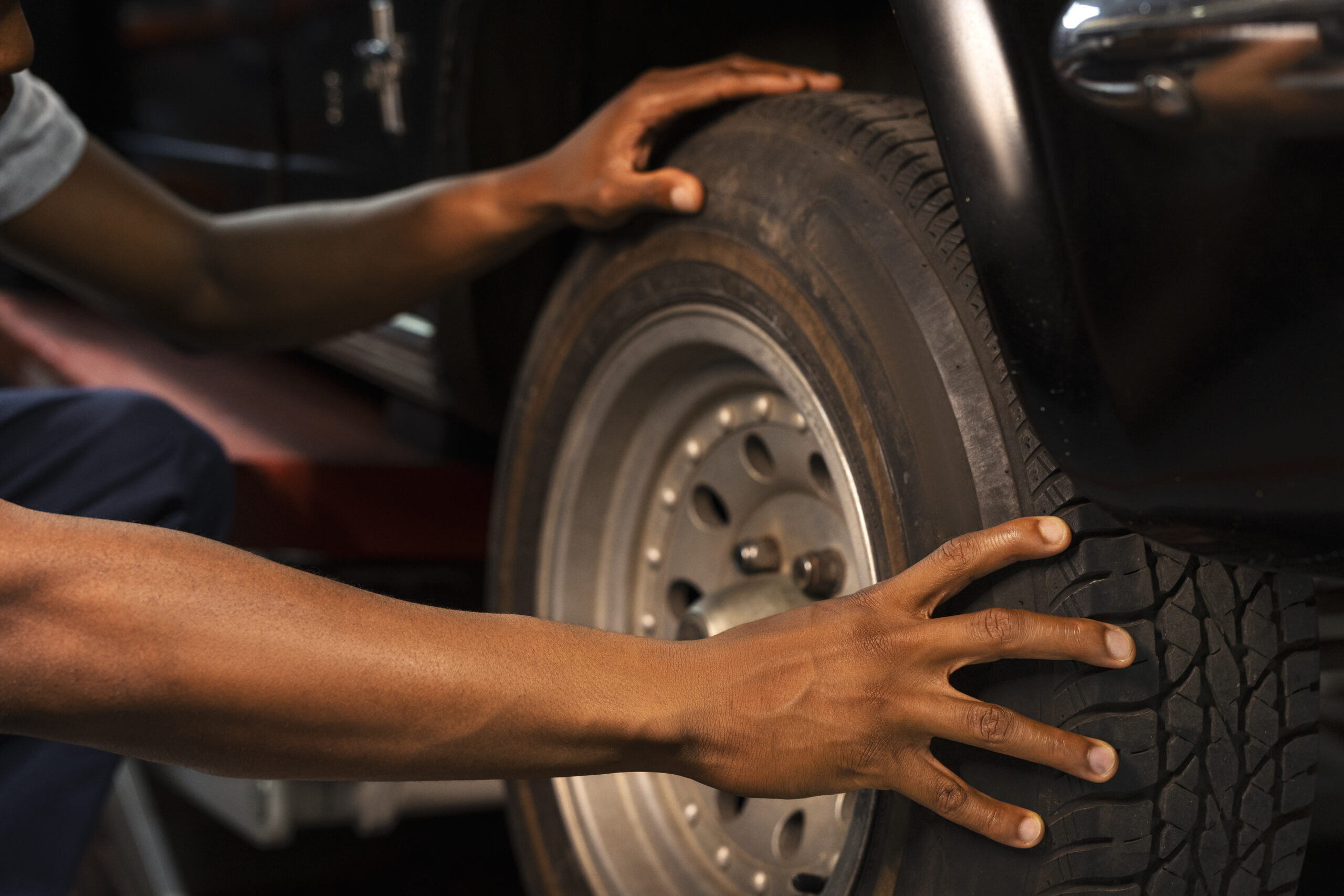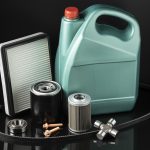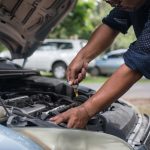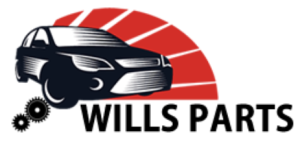The Ultimate Guide to Maintaining Your Car Tire Pressure

Maintaining proper tire pressure is a crucial aspect of car maintenance that often gets overlooked.Checking and maintaining your tire pressure is key to keeping tires in good condition and avoiding car tire failure. Here are some tips to help you get familiar with the importance of checking your car tire pressure, the tools for checking tire pressure, how often you should perform checks, and the appropriate tire pressure levels. Additionally, we’ll provide steps to take if you find your car tire pressure is too low.
-
Appropriate Tire Pressure:
The recommended tire pressure can usually be found in your vehicle’s owner’s manual or on a sticker located on the driver’s side door jamb or inside the fuel door. It is essential to adhere to the manufacturer’s guidelines for optimal performance and safety. The required tire pressure may differ for the front and rear tires and is frequently expressed in pounds per square inch (PSI).
Importance of Checking Tire Pressure:
Maintaining the correct tire pressure offers several benefits, including improved fuel efficiency, better handling, enhanced tire lifespan, and increased safety. Tires that are overinflated or underinflated can negatively impact your car’s performance, increasing the risk of accidents, uneven car tire wear, and decreased fuel efficiency. A quick and easy method to make sure your car is performing at its best is to check your tire pressure regularly.
Tools Needed for Checking Tire Pressure:
-
Tire Pressure Gauge:
Invest in a quality tire pressure gauge, either a digital or analog version, to accurately measure the pressure in each tire. Purchase one here.
-
Air Compressor:
Having a portable air compressor is essential for inflating your tires when needed. Many gas stations provide air pumps, but purchasing a personal compressor is convenient for regular maintenance.
-
Valve Cap Tool:
A valve cap tool aids in easy removal and replacement of valve caps, thus protecting the valve stem from dust and debris.
-
Owner’s Manual:
Refer to your vehicle’s owner’s manual for information on the recommended tire pressure. This information varies depending on the car’s make and model.
-
How Often to Check Tire Pressure:
You should check your tire pressure at least once a month and before long trips. Since air in your tires heats up when driving leading to an increase in tire pressure, it’s best to check your tire pressure and add or remove air only when the tires are cold or have not been used for about 4 hours. Also, endeavor to inspect your tires when there are extreme temperature changes since this affects tire pressure. Regular checks help you identify and address issues promptly, ensuring your tires remain in good condition.
Steps to Take If Tire Pressure Is Low:
- If your tire pressure is low, take it in for inspection and servicing.
- Examine the tire for any visible punctures, nails, or damage that may be causing the low pressure.
- Use your air compressor to inflate the tire to the recommended pressure. Always check the pressure periodically to avoid overinflating.
- Closely monitor your tire pressure and repeat the process if needed. If there is a persistent low tire pressure, have your tires inspected by a professional.
Regularly checking and maintaining your car tire pressure is a simple yet crucial aspect of vehicle ownership. You can increase overall safety, prolong tire life, and improve fuel efficiency by devoting a little time each month. Follow the steps outlined in this guide, and in the event of low tire pressure, take prompt action to address the issue and keep your vehicle performing at its best.







